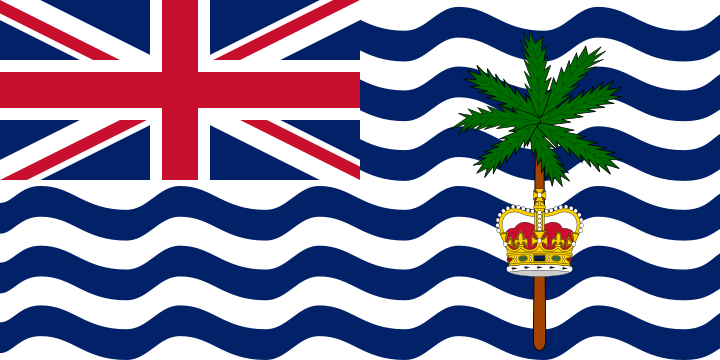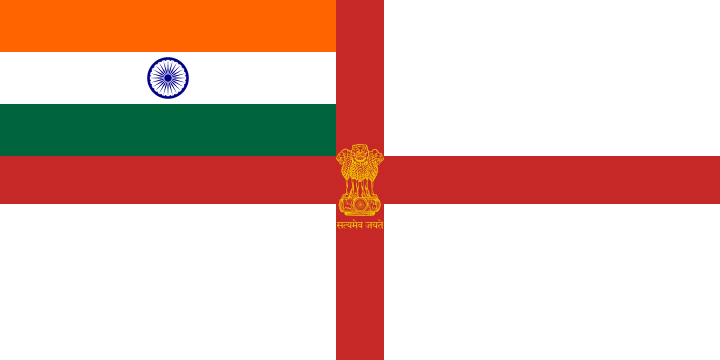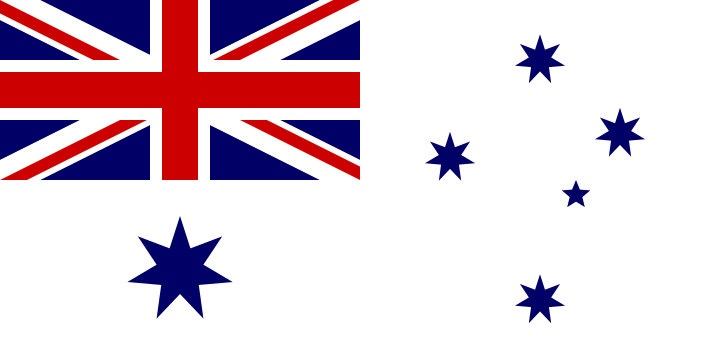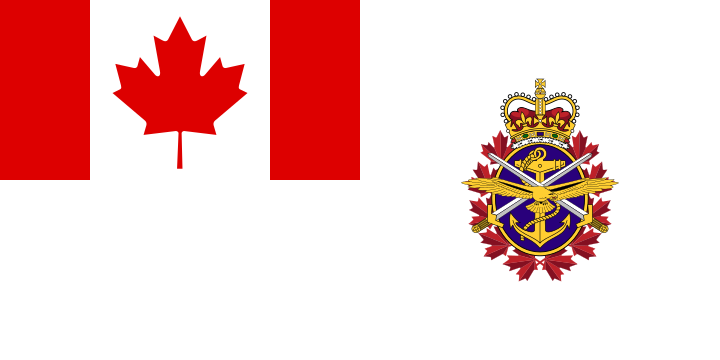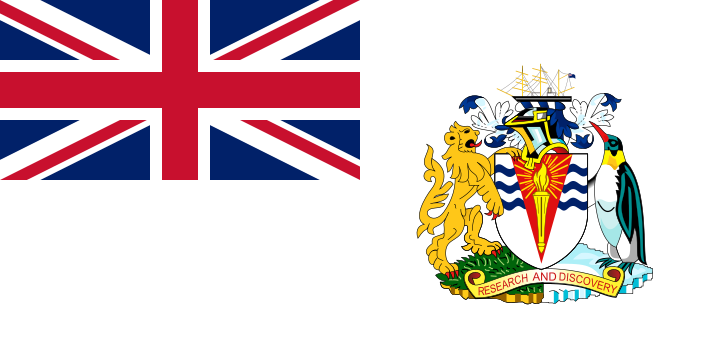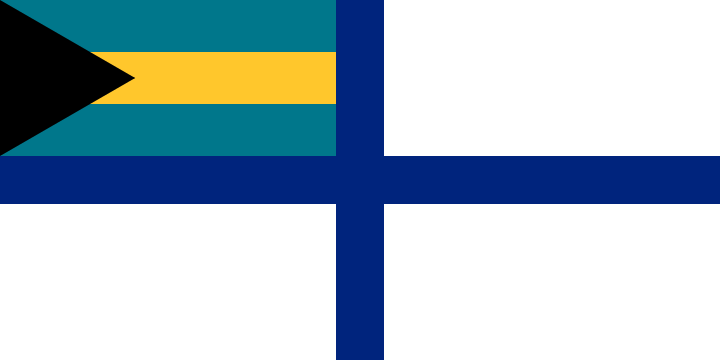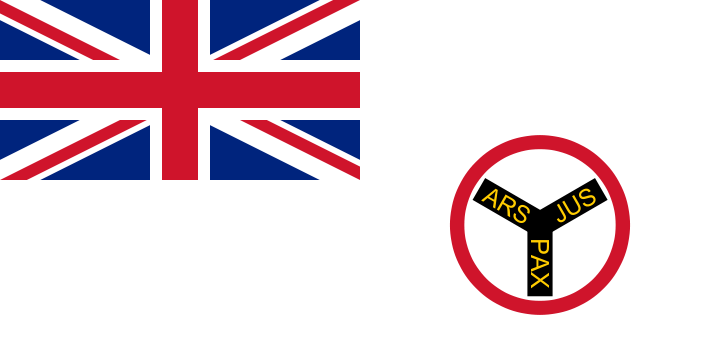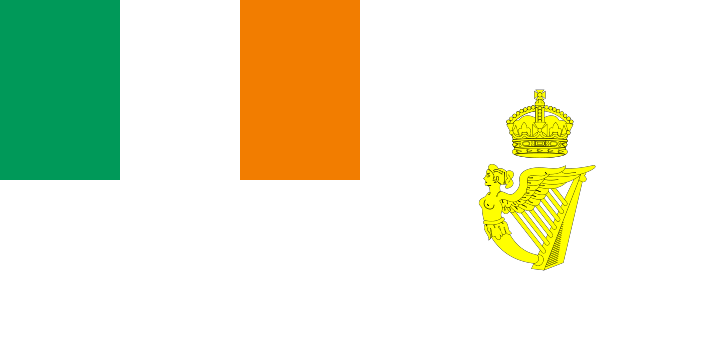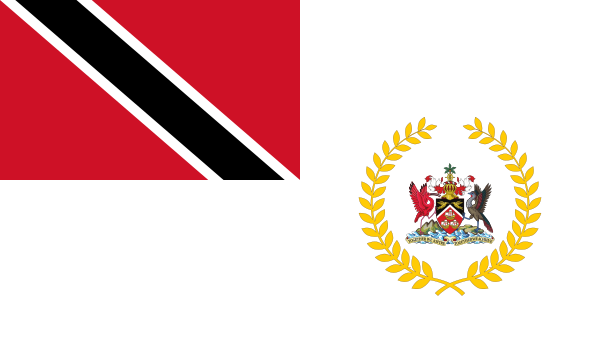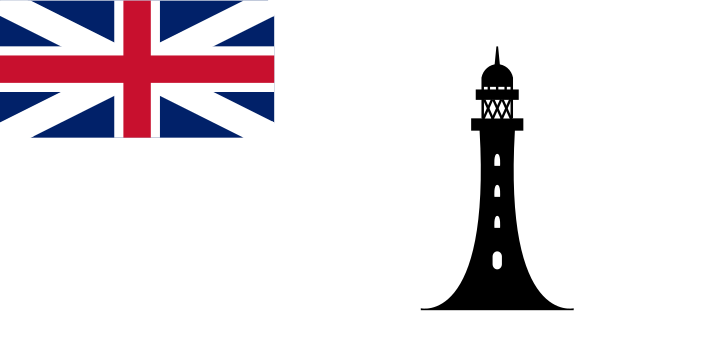White Ensigns Aren’t Only for the Navy
Originally published in the Vexilloid Tabloid, no. 94,
The British white ensign has been the flag of the Royal Navy since . Not surprisingly, many former British colonies have adopted similar naval ensigns – sometimes with the red St. George’s cross (e.g., India) and sometimes without (e.g., Australia). In Canada, there is a white ensign for the joint armed services as well.
But the occasional white ensign for civilian use can be found too. The flag of the British Antarctic Territory is a white ensign without a cross – clearly symbolic of the Antarctic ice. In the Bahamas, non-military government ships fly a white ensign with a blue cross. It’s been suggested to me that this is the cross of St. Michael; more likely, I suspect, the color simply comes from the blue ensign which serves the same purpose in the United Kingdom.
The Royal Niger Company, which colonized Nigeria in the late 19th century, had a British white ensign defaced with its badge. And the Royal Irish Yacht Club flies a white ensign with the unusual combination of the Irish tricolor and a crown!
There are even a few “white ensigns” which are flags of office rather than ensigns at all. The Prime Minister of Trinidad and Tobago uses a flag with the national arms in the fly. The Commissioners of Northern Lights, responsible for lighthouses in Scotland, still fly a white ensign with – uniquely among British flags – the pre- Union Jack in the canton.
Most striking of all, though it can barely be regarded as a white ensign, the Commissioner of the British Indian Ocean Territory has a flag with blue and white waves derived from the territorial arms.
